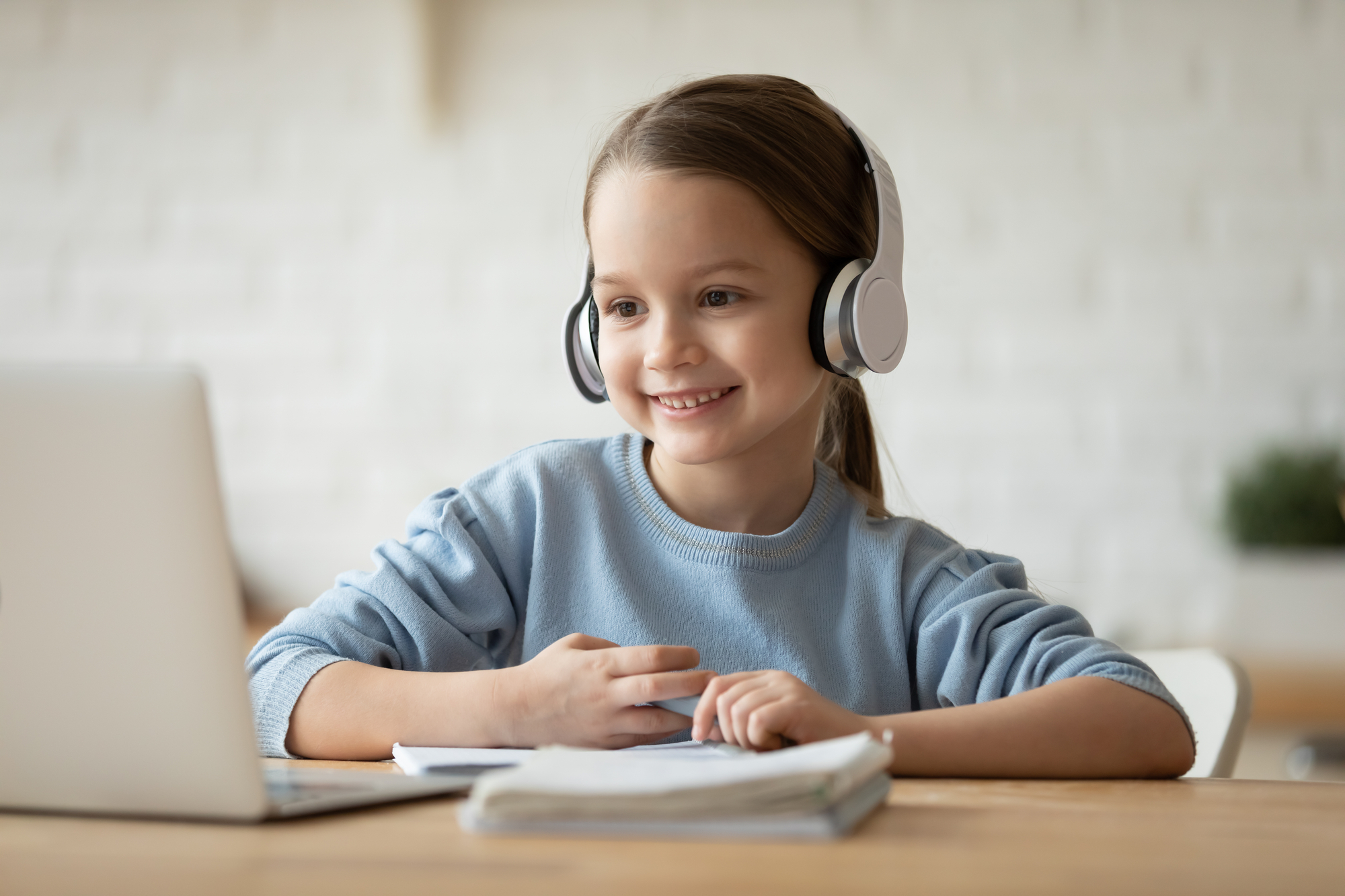Do you remember being a teenager and the genuine stress and anxiety that came with the return of your class photos from the school photographer?
You’d perhaps forgotten those awkward snaps even being taken. After all, anything that’s happened more than fifteen minutes ago is considered ancient history to the adolescent mind.
And yet, that envelope with the “family bundle” ordered by a parent determined to hoard every single group, individual and sibling angle promised is a trigger of genuine fear.
How will I stack up? Did my hair look ok that day? I had such an enormous zit that morning. And why do they always make me stand next to the best-looking kid in the class? It’s always me!
Before we’ve even seen the photos, we’ve begun to compare ourselves negatively to our peers.
And the absence of the opportunity to do just that is the fundamental reason that some students, of all ages, have not struggled one iota with either wave of the remote learning environment they’ve been suddenly subjected to.
Just recently, I had an online Zoom meeting with sixty teachers across a Victorian K-12 school and I asked them to raise their hands if at least one student in their care had unexpectedly thrived across the remote learning period.
In the thumbnails on my screen, every single hand was raised. Often a student who struggles in the classroom or makes poor behavioural choices in the company of others, this student is suddenly kicking all sorts of educative goals from their own bedroom.
When I asked one Senior Secondary Assistant Principal how her Year 12 students were coping with the disruption she replied “Oh they’re just fine. Getting through more work than ever now that they aren’t distracted in learning time by all the jockeying for social status. We’re actually expecting better ATAR averages from this bunch than we’ve ever had.”
What’s all that about?
My contention is, with the opportunity to compare themselves negatively to their peers gone, these students are finally able to allow the praise and feedback of their teachers to stand truly.
Imagine Matthew for me, a battling Year 4 student in a typical Australian classroom. Matthew doesn’t like doing maths and likes fractions even less. His teacher is onto this – as all teachers are – and is providing all the prerequisite instruction and encouragement for Matthew to succeed.
And he has a crack. Perhaps he completes all of a fractions task that he’s never been able to get through before. His teacher is delighted and quick to eyeball him, gleefully exclaiming “Matt, that is such fantastic work. I’ve never seen you get through so many fractions problems. Hard ones too! You’ve smashed it. I’m so proud of you.”
But then that teacher turns her back to attend to the other students who are muddling through their fractions challenges – because all teachers have more than one Matt to focus on – and Matt glances around his table.
The student to Matt’s right has completed the fractions worksheet quicker. The student to his left has done it better. And the student opposite Matt holding up his perfectly completed worksheet in one hand while making the L-shaped loser signal on his forehead with the other.
Matt has, in the space of a few short seconds, moved from basking in the glow of his teacher’s warm recognition to the shame, embarrassment and humiliation of peer derision.
In these states of emotional turmoil, the behaviours we all respond with are potentially negative and destructive. With kids, still working out their place in the world and how to respond to highly emotive stimuli, these behaviours are confusing, concerning and troublesome.
And all this despite the teacher and the student doing some awesome stuff. In this case, they both did the right thing.
However, in the online environment, the shame associated with peer comparisons just never arrives. The teacher’s words are all that’s left to ring in Matt’s ears and he feels motivated, perhaps inspired, by those words to do more and to try even harder.
There are some authentic and obvious benefits associated with building schools as institutions where learning is something that we do in each other’s company. And to a large extent, the ongoing model of remote learning is unsustainable for even the Matts in every teacher’s classroom.
We all need to learn to be in each other’s company at some point. That’s the holistic development of a young person that sets them up to succeed in life.
But how can we create classrooms where students feel less shame as they learn? That’s a question that our teachers can, and should, tackle when they welcome students back into their presence … whenever that might be.

Adam Voigt is a former successful School Principal and system leader who is now the Founder & CEO of Real Schools. Adam is also the author of ‘Restoring Teaching’, a groundbreaking book aimed at restoring esteem for the role of educators through establishing strong, productive and restorative cultures around Australia’s schools. Visit www.adamvoigt.com.au









